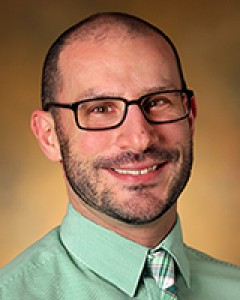Now published, see the full article 
Early Abstract:
Purpose: To demonstrate that teleneurology consultations conducted via tablet technology are an efficient and cost-effective means of managing acute neurologic emergencies at community-based hospitals and that utilizing such technology yields high community physician satisfaction.
Methods: During a 39-month period, Vanderbilt University Medical Center (VUMC) provided teleneurology services to ten community-based hospitals that lacked adequate neurology coverage. Hospitalists at one community-based hospital were not comfortable treating any patient with a neurologic symptom, resulting in 100% of those patients being transferred. This facility now retains more than 60% of neurology patients. For under $1200, these hospitals were able to meet the only capital expenditure required to launch this service: the purchase of handheld tablet computers. Real-time teleneurology consultations were conducted via tablet using two-way video conferencing, radiologic image sharing, and medical record documentation. Community physicians were regularly surveyed to assess satisfaction.
Results: From February 2014 to May 2017, 3,626 teleneurology consultations were conducted. Community physicians, in partnership with neurologists, successfully managed 87% of patients at the community-based hospital. Only 13% of patients required transfer to another facility for a higher level of care. The most common diagnoses included stroke (34%), seizure (11%), and headache/migraine (6%). The average time for the neurologist to answer a request for consultation page and connect with the community physician was 10.6 minutes. Ninety-one percent of community physicians were satisfied or somewhat satisfied with the overall service.
Conclusions: In the assessment of neurology patients, tablets are a more cost-effective alternative to traditional telehealth technologies. The devices promote efficiency in consultations through ease of use and low transfer rates, and survey results indicate community physician satisfaction.






